This is a thick book. Why is this book so thick? It’s either loaded with fluff or has too many white pages. Alas, it is thick, but its physical pages are thicker than the average illustrated book, plus it’s loaded with fun, easy-to-understand, STEM facts about the evolution and process of rubber. To those first reactions I say, don’t be intimidated by its thickness. Instead, just enjoy the fact that Bounce! A Scientific History of Rubber is able to create a non-fiction, linear story with STEM nuggets woven in that young readers won’t be turned off by. It can be challenging to get young readers to accept illustrated books that don’t have unicorns or animals in it, thus the first hurdle towards getting them in the book is not getting in the way.
Bounce! Before it was a verb that the kids say “to leave”Tag: Illustrated books
Big Sister, Long Coat, pleasant, albeit forgettable lesson about change
There’s a hazy, fine line between a book that’s relaxing and the same one verging into sleepy. Big Sister, Long Coat is an illustrated book that straddles that line but also runs deeply into the other category, depending on the audience. It’s a book that could easily make for a relaxing story time session on the alphabet carpet at the end of the day, it can also end the day as little ones fade away, but also might escort some kids to slumber when it’s not intended. Big Sister, Long Coat also sounds like the start to a song by Cake that exists in an alternate universe.

Simone has promise and a great story, but a side agenda of obvious also
Children almost certainly don’t think of books as a gateway to a different world or an opportunity to learn something in a second-hand, entertaining manner. Granted, those two takeaways are a major reason why people enjoy reading books, but to some young elementary ages books are more of a thing that you have to do, and doing things under duress is very rarely cool. Simone is not the first illustrated book that mid to upper-elementary students will look for. Its indistinct cover implies nothing about the book’s plot. All you see is an Asian girl with a sketchbook and paintbrushes, wistfully looking out as waves of colors bend ahead of her.
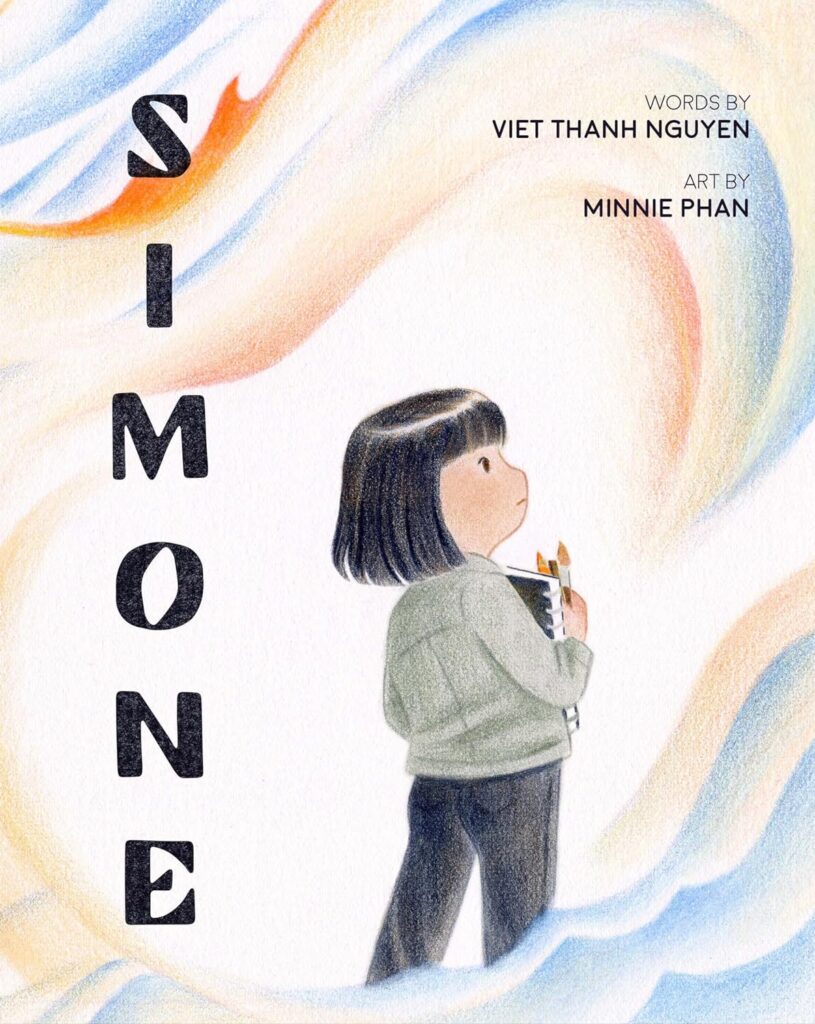
What Can a Mess Make?, timeless read-aloud that soothes pre-k – 2nd grade
There is a difference between a mess and being messy. Likewise, something dreamy does not mandate that it is sleepy. Unless it’s meant to be read at bedtime, a sleepy illustrated book is not ideal for describing something you want kids to enjoy. Any child can make a mess, yet every child is not messy. What Can a Mess Make? is an illustrated book about a pair of sisters who make the most of their messes via creativity, sharing, forgiveness, patience and life.
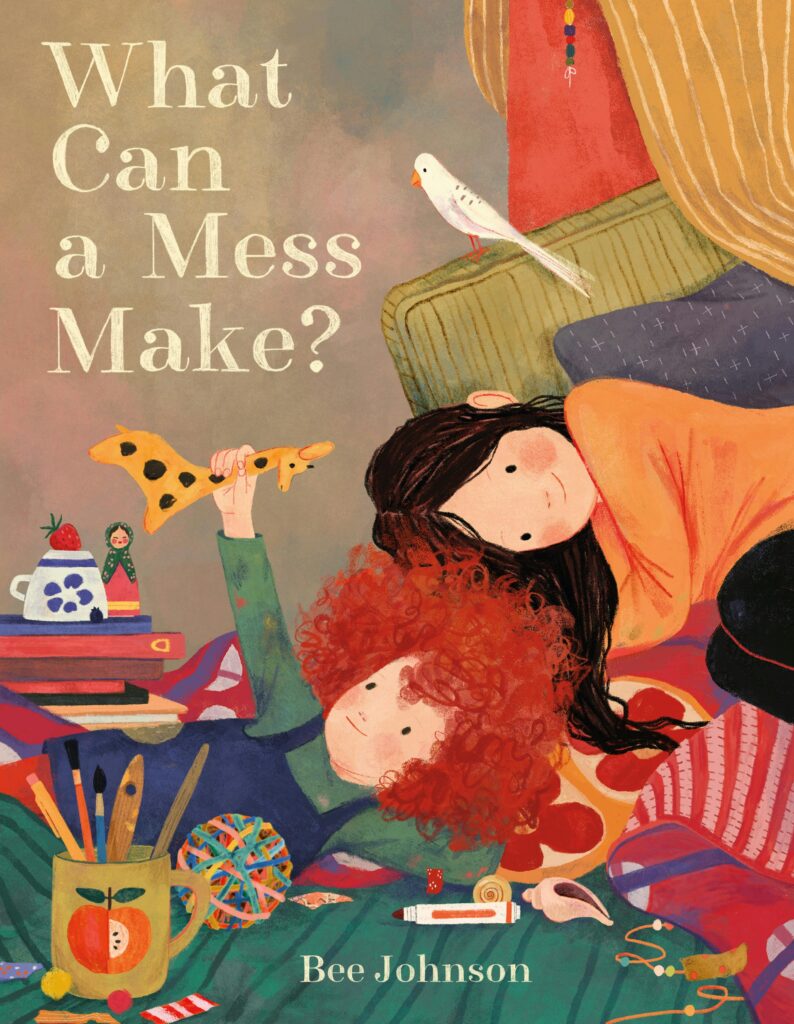
The Little Bear continues the charm and love that Killen’s books evoke
It’s a fine line between déjà Vous and going back to the well once too often. The process of critiquing that can get thrown a curve ball when you factor in that authors and illustrators have a style that they’re known for. Dance with who came with, goes the old adage. Nicola Killen has a way with illustrated books. Her drawings match the style and flow of each book of hers so perfectly that it’s a case of hand in a well-fitting glove. The Little Bear is the fourth book in the My Little Animal Friends series and has elements of what made the other three books such a joy, but blazes its own path for those young elementary school ages.
The quality, cuteness and love is deep with this oneThe Museum of Lost Teeth, far from being pulled-it’s a great-goodnight book
“I have no idea why you lost your tooth or what the tooth fairy does with them”, that’s what I told a kindergarten student earlier this month. They were over the moon with curiosity as to how the tooth disappeared from underneath their pillow last night. And while they were thankful for the money that it had been displaced with, their wonderment as to where the tooth could’ve gone took up as much real estate in their mind as their sudden financial gain. The Museum of Lost Teeth is an illustrated book by Elyssa Friedland with illustrations by Gladys Jose that examines one theory as to how baby mouth bones disappear from the cool side of the pillow.
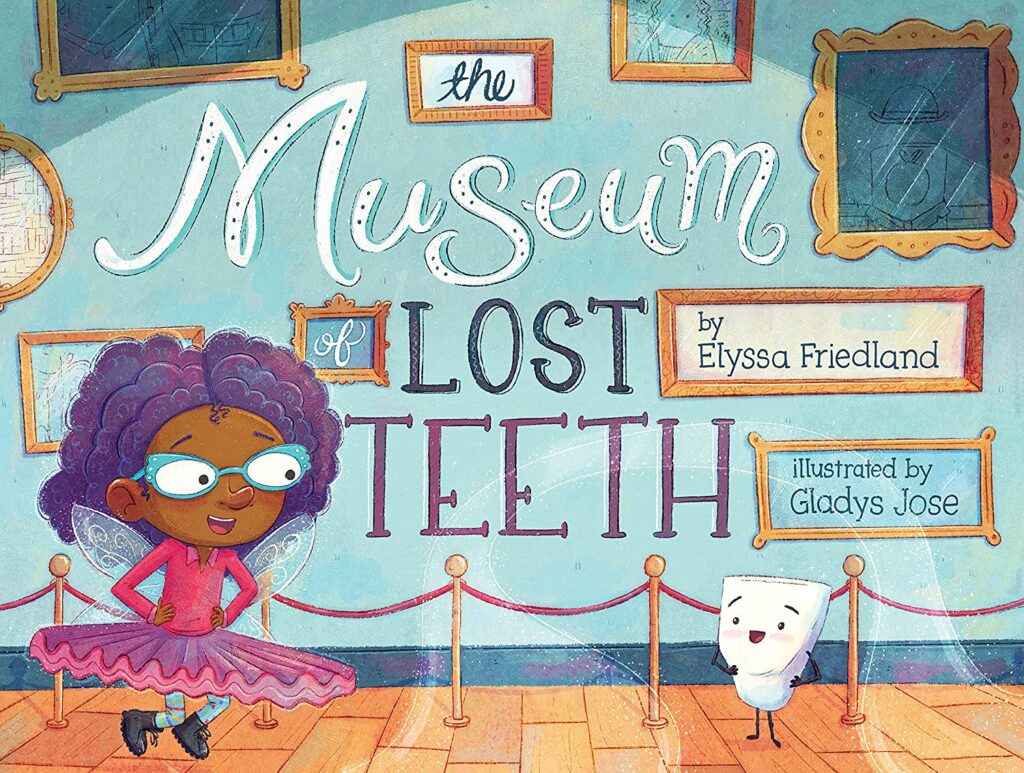
Books Aren’t For Eating, illustrated comfort book food on leveling up
Growth is good. That’s not exactly what Gordon Gekko said, but let’s keep that phrase in the context of schooling and growth is good. That can happen in many forms, from not kicking the chair in front of you, to remembering to bring a pencil to those younger ages when they stop chewing on the pages of books. It’s a special day when board books can go the way of the Do Do and those pre-k kids know that the time for that is nigh. Books Aren’t For Eating is silly, illustrated book fun that pre-k and K kids know, but will draw in their own parallels as to things that they know that they shouldn’t be doing at that age.
A message for those who know they shouldn’t, but really want to, until they don’tTater Tales #1: The Greatest in the World! expands Rot’s empire and story
Rot and Snot go through a lot. Previously we saw them in an illustrated book, now it’s many more pages in a book that they took. Tot, their little sister, joins the fray for this adventure. Tater Tales #1, The Greatest in the World!, takes the mutant potato adventures one step further than their previous jaunts in an illustrated book. Tater Tales #1 is an early reader chapter book that heavy on illustrations. One could call this a first graphic novel, but it’s more in line with an emerging reader’s graphic novel. It’s a subtle distinction, but one that will make the book very comfortable for third graders and older, plus a step up for most second graders.
It’s rot and snot, in an early reader chapter book/graphic novel all-skate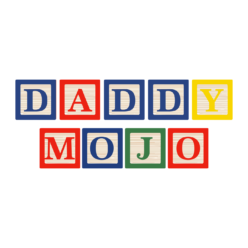
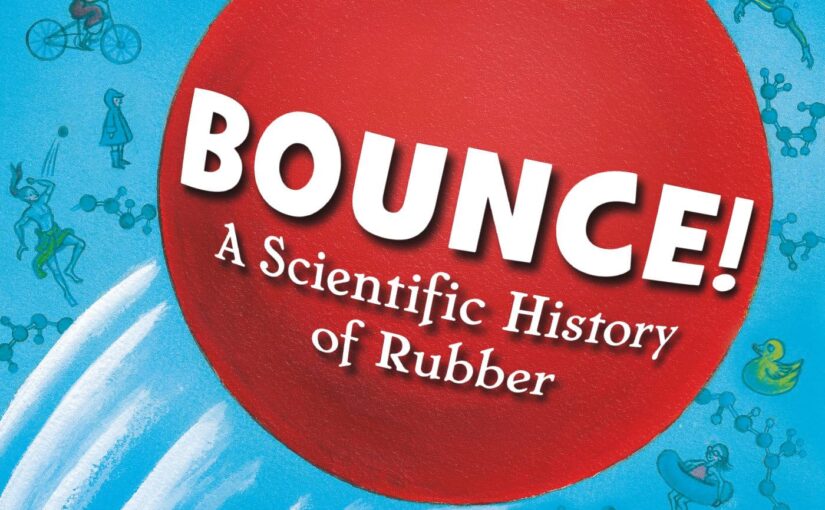
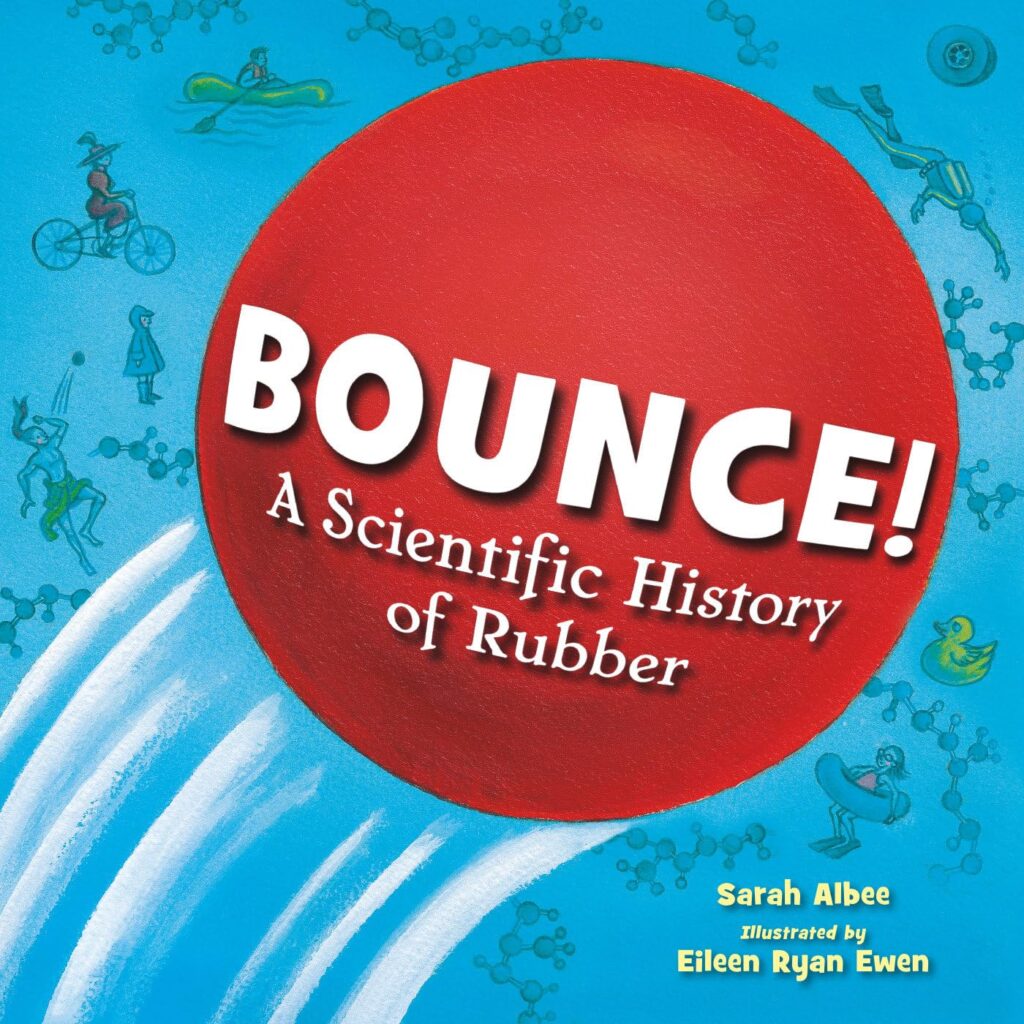

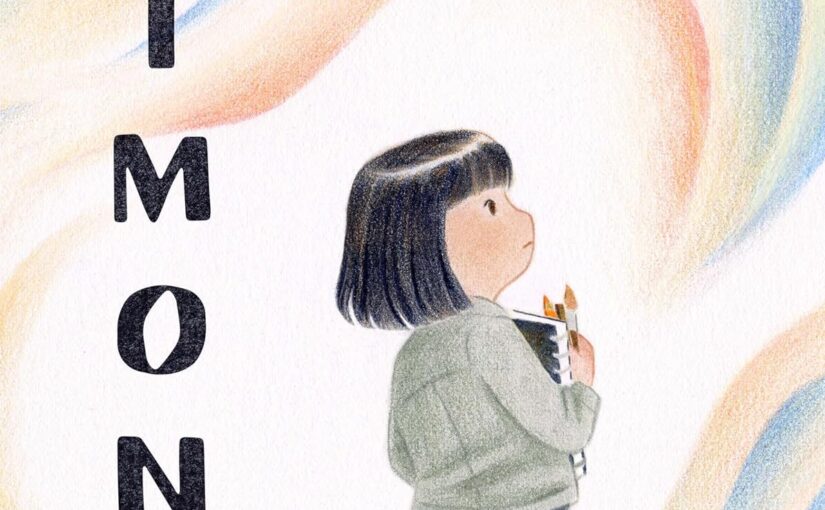
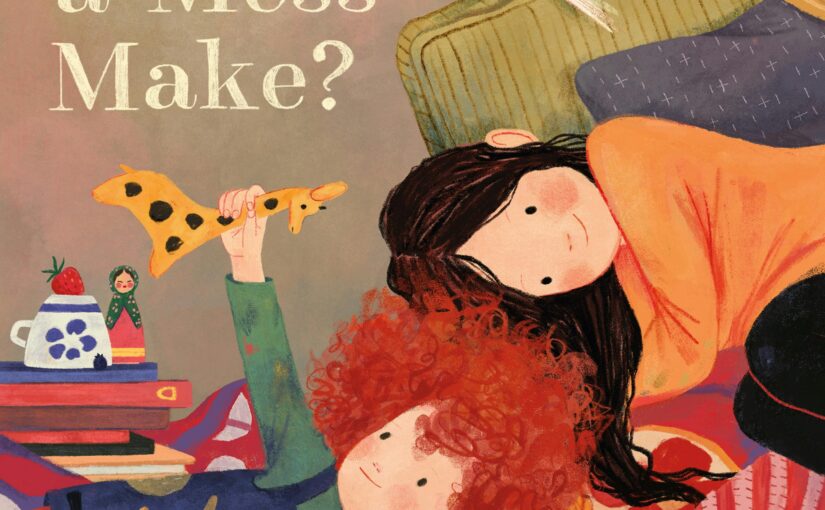
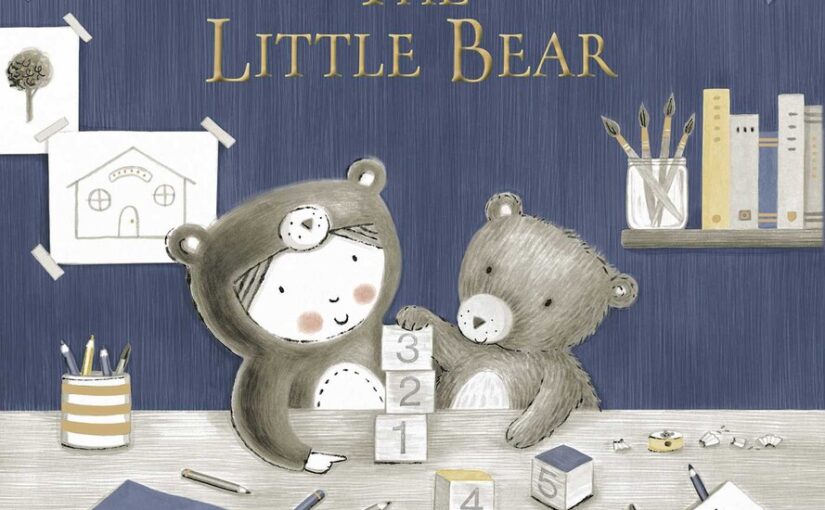
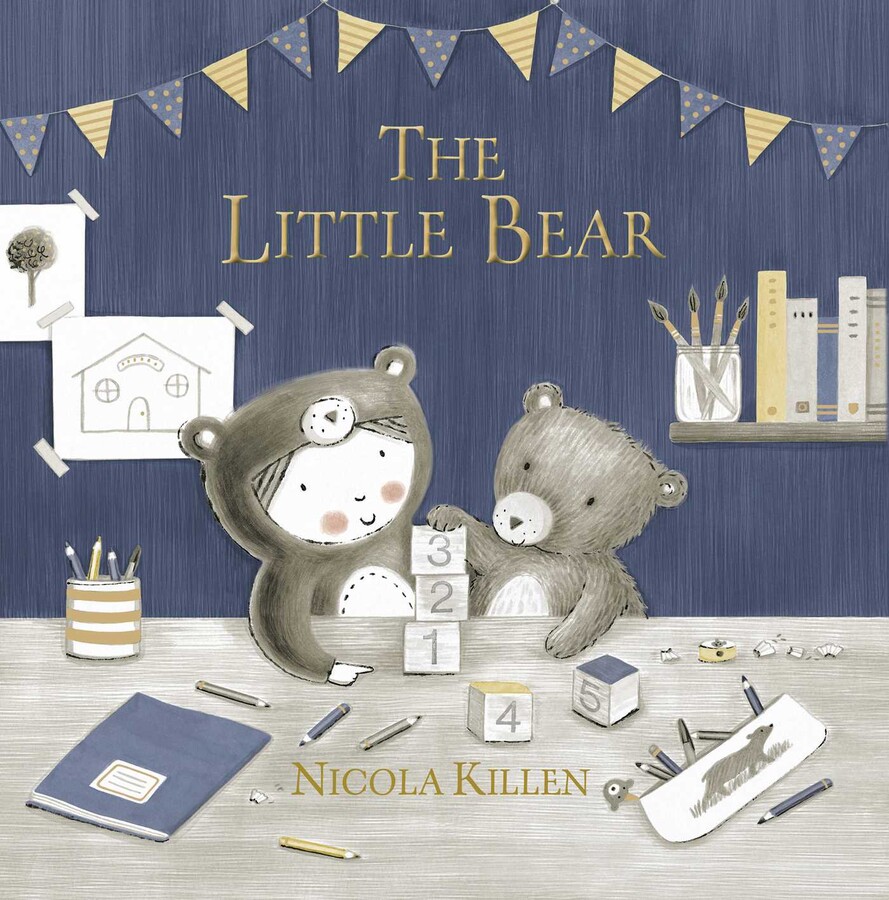
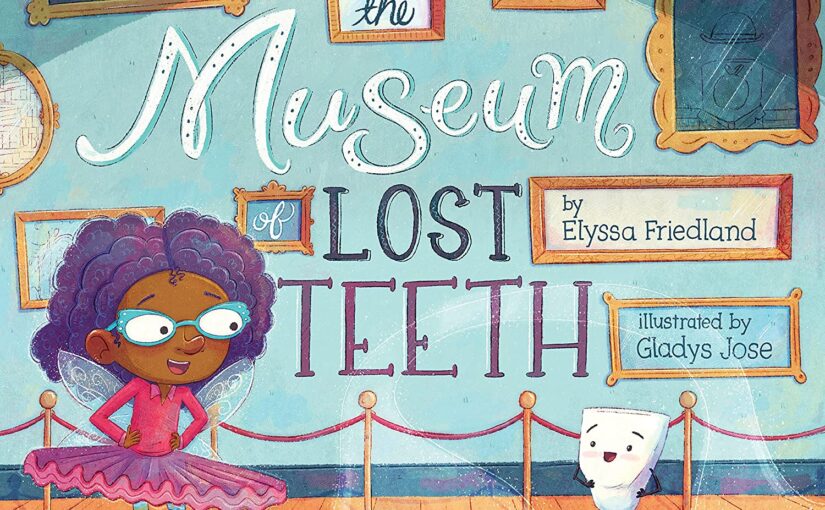
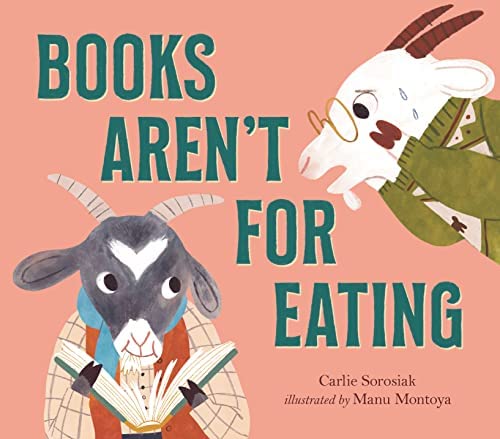
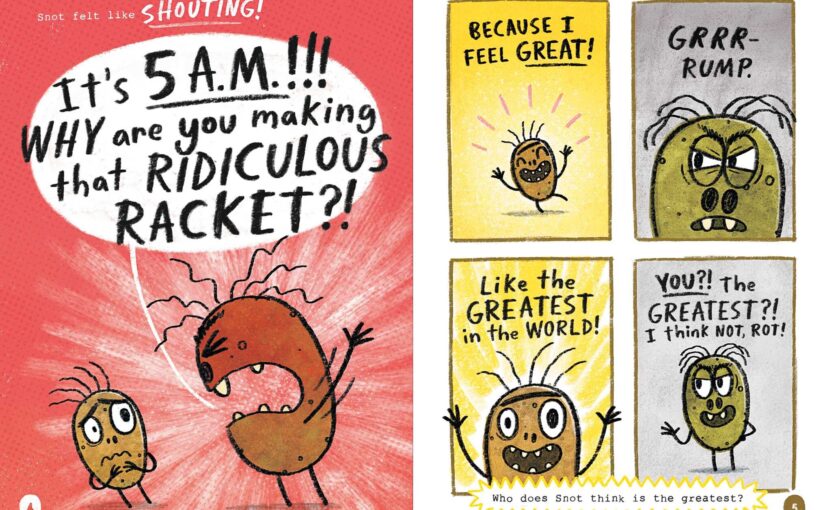
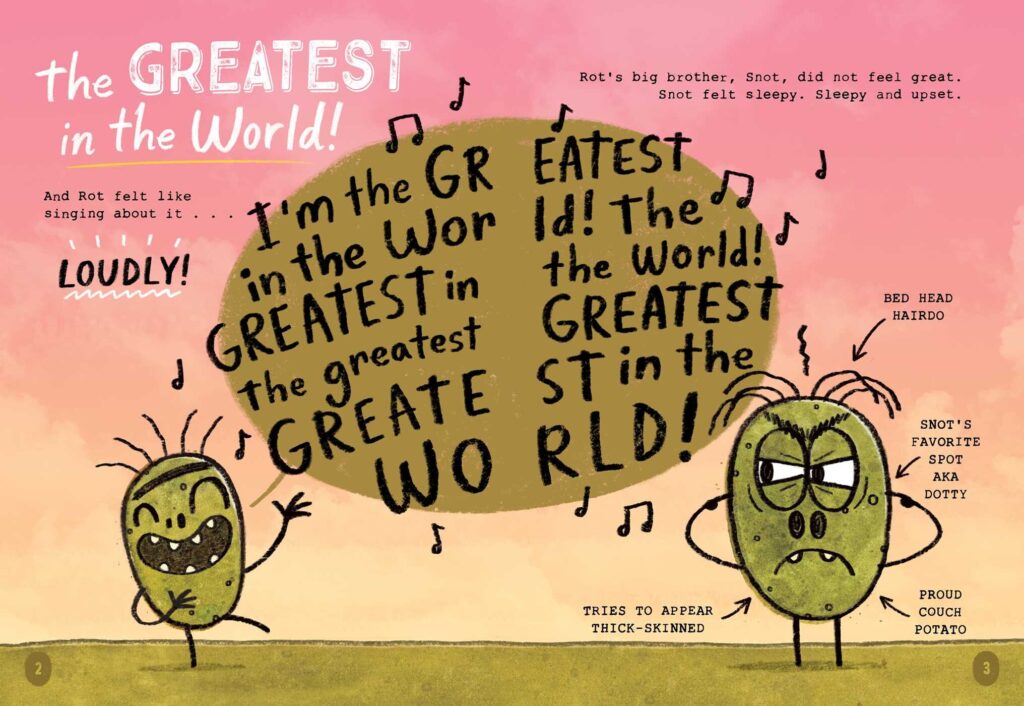


 Facebook
Facebook Twitter
Twitter Flickr
Flickr GooglePlus
GooglePlus Youtube
Youtube